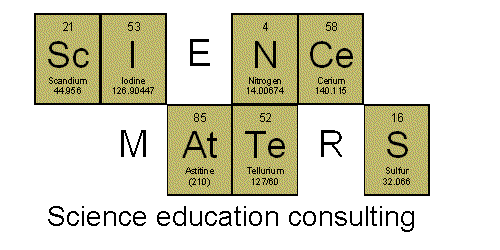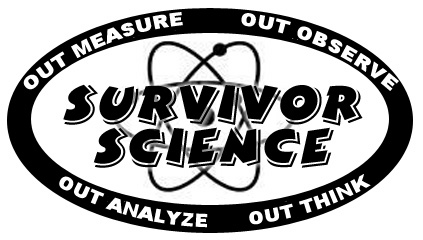A great way to incorporate some more writing into your science curriculum is to have your students "discover" their own constellations and then write a story/legend/myth about that constellation.
There are a number of ways you can go about constellation creation.
Version 1:
Provide each student with a blank star map. I've got an old copy that I can photocopy, but truth be told, I'm having a hard time finding a blank star map (without the constellations already drawn in) to print. But, if you can find a blank star map, this way is a lot of fun because, at least in theory, the students should be able to find their own constellation in the night sky.
The students "connect the dots" to form some sort of image from the stars.
Version 2:
Each student is provided with a piece of paper and a specified number of star stickers. The students place the stickers on the paper as they desire. They then draw in the lines to complete the picture.
Version 3:
The teacher places star stickers on a piece of paper, as the student had done in version 2, but without drawing in any lines. The paper is then photocopied, so each student is given the same arrangement of stars. The students then draw in lines to create they image the want from the given stars. It's kind of fun to see the different pictures students come up with from the same set of stars.Regardless of how the constellation is created, the students then write a story about the constellation.
A nice idea is to photocopy the finished stories and constellation pictures and bind the whole class's work into a book. It's easy enough to create a single copy for the classroom. If you have the time and resources available, you might even consider making a copy of the book for each student in the class.















































